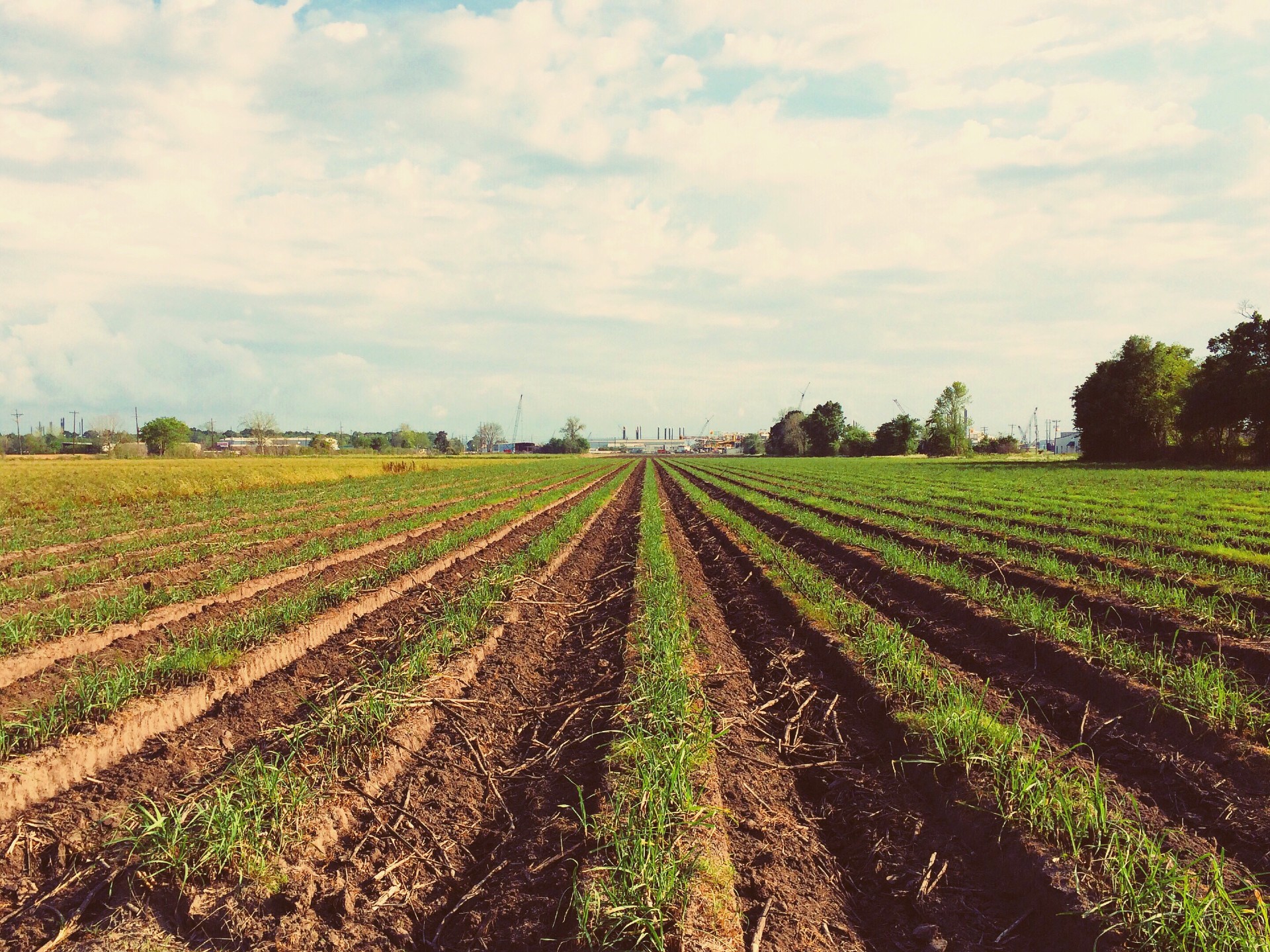
Wind power has rapidly emerged as a leading contender in the pursuit of clean and sustainable energy sources. With its abundant availability and minimal environmental impact, wind energy offers a promising solution to climate change while ensuring safety and reliability. This article delves into the safety considerations and potential of wind power, highlighting its role in shaping a greener and safer future.
Safe Operations: Harnessing the Power of Nature
Due to its inherent nature, wind power is considered one of the safest energy sources. Unlike fossil fuels or nuclear energy, wind turbines do not involve the combustion of fuels or the risk of hazardous materials. Wind turbines harness the power of natural wind currents, converting them into clean electricity without emitting harmful pollutants or greenhouse gases.
Furthermore, wind turbines are designed with safety in mind. They incorporate advanced engineering features, such as automatic shut-off mechanisms during high winds or storms, to ensure safe operation and protect the structural integrity of the turbines. Regular maintenance and inspections further enhance their safety profile.
Minimal Environmental Impact: Preserving Ecosystems
Compared to other energy sources, wind power has a minimal environmental impact. Wind turbines have a relatively small physical footprint and can be installed in various locations, including onshore and offshore, without significantly disrupting ecosystems. Proper site selection and environmental assessments help minimize potential impacts on wildlife and their habitats.
Moreover, wind power systems contribute to the reduction of greenhouse gas emissions, addressing climate change and promoting a healthier environment. Wind power plays a vital role in mitigating air pollution and improving overall air quality by displacing the need for fossil fuel-based power generation.
Safe Integration: Enhancing Grid Stability
Wind power can be integrated into the electricity grid to ensure a secure and reliable energy supply. The variability of wind energy is manage through grid integration techniques, including smart grid technologies and energy storage systems. These enable efficient power supply and demand balancing, ensuring a stable and resilient electricity grid.
Wind farms can also be connected to multiple transmission lines, providing redundancy and minimizing the risk of power outages. This redundancy enhances the overall reliability and safety of the electricity supply, particularly during extreme weather events or disruptions.
Safety Standards and Training: Ensuring Best Practices
The wind energy industry adheres to stringent safety standards and regulations to ensure the highest level of safety during the development, construction, and operation of wind farms. These standards cover various aspects, including turbine design, installation, maintenance, and worker safety. Regular inspections and maintenance protocols are implement to ensure wind turbines’ safe and optimal performance.
Furthermore, comprehensive training programs are provided to workers involved in wind farm operations, emphasizing safety protocols and best practices. This commitment to a safety culture contributes to a safe working environment and reduces the risk of accidents or injuries.
Wind power offers a safe and sustainable energy solution, which is significant in transitioning towards a greener and safer future. With minimal environmental impact, inherent safety features, and reliable grid integration, wind power is a leading contender in the clean energy landscape.
Continued advancements in wind turbine technology, energy storage systems, and grid integration will further enhance. The safety and efficiency of wind power. By harnessing wind power, we can reduce our reliance on fossil fuels. Combat climate change, and create a cleaner and safer environment for future generations.